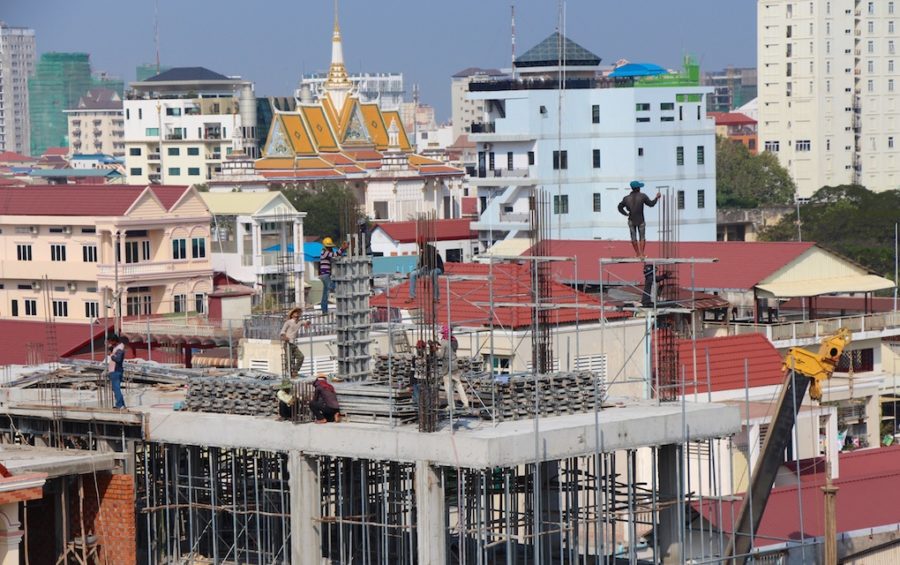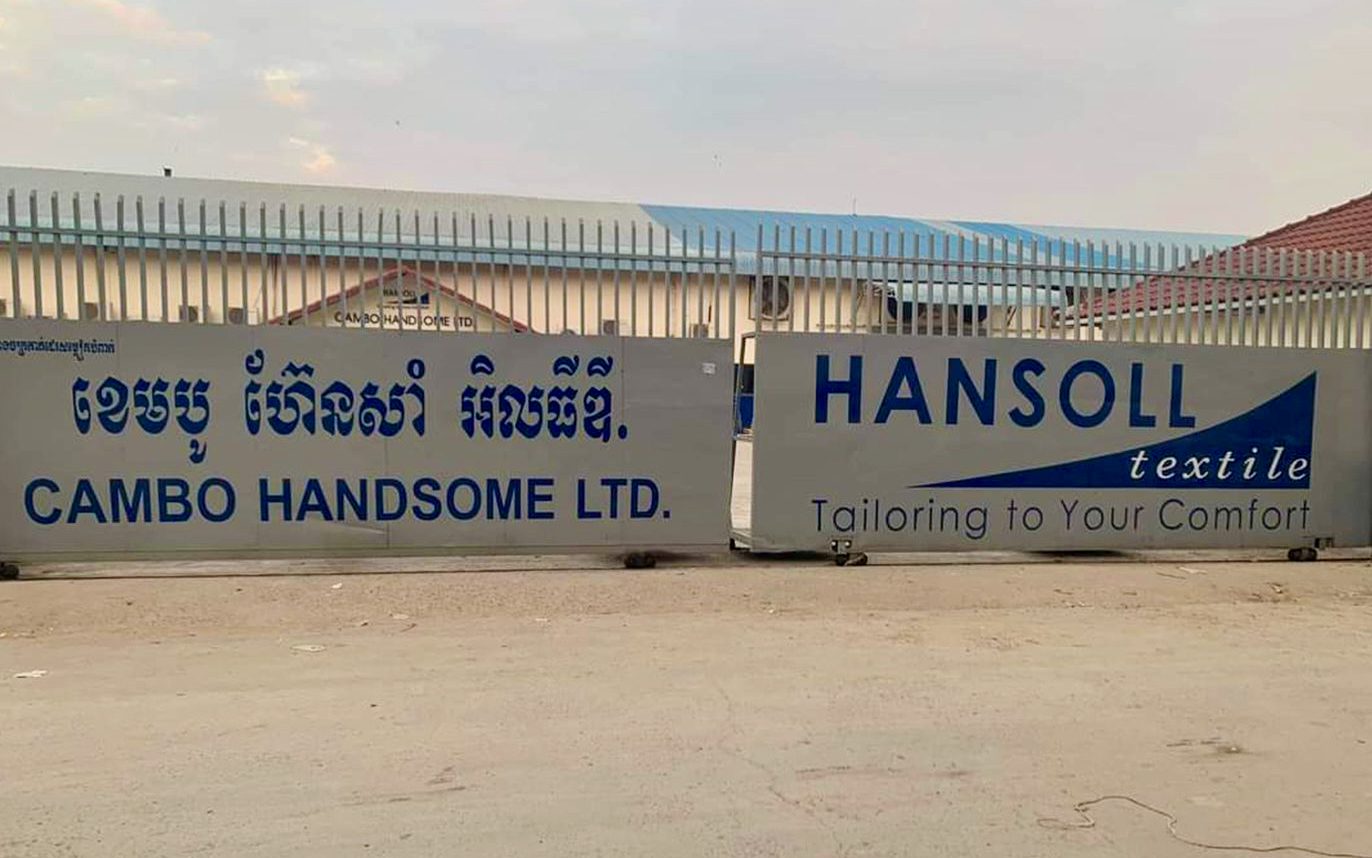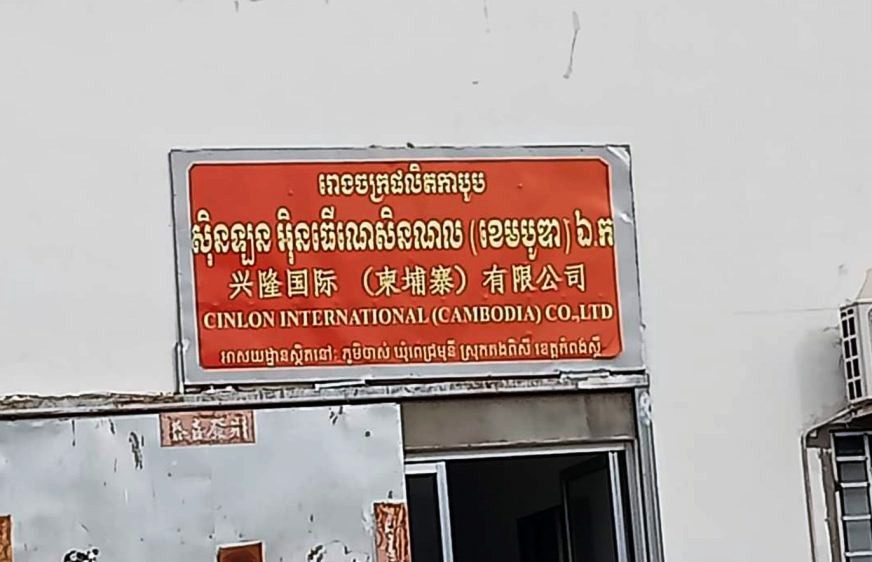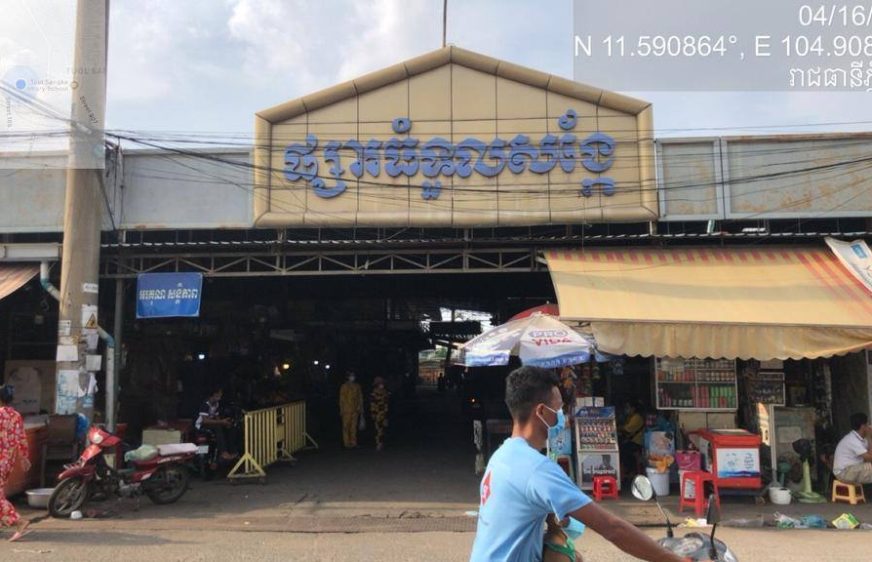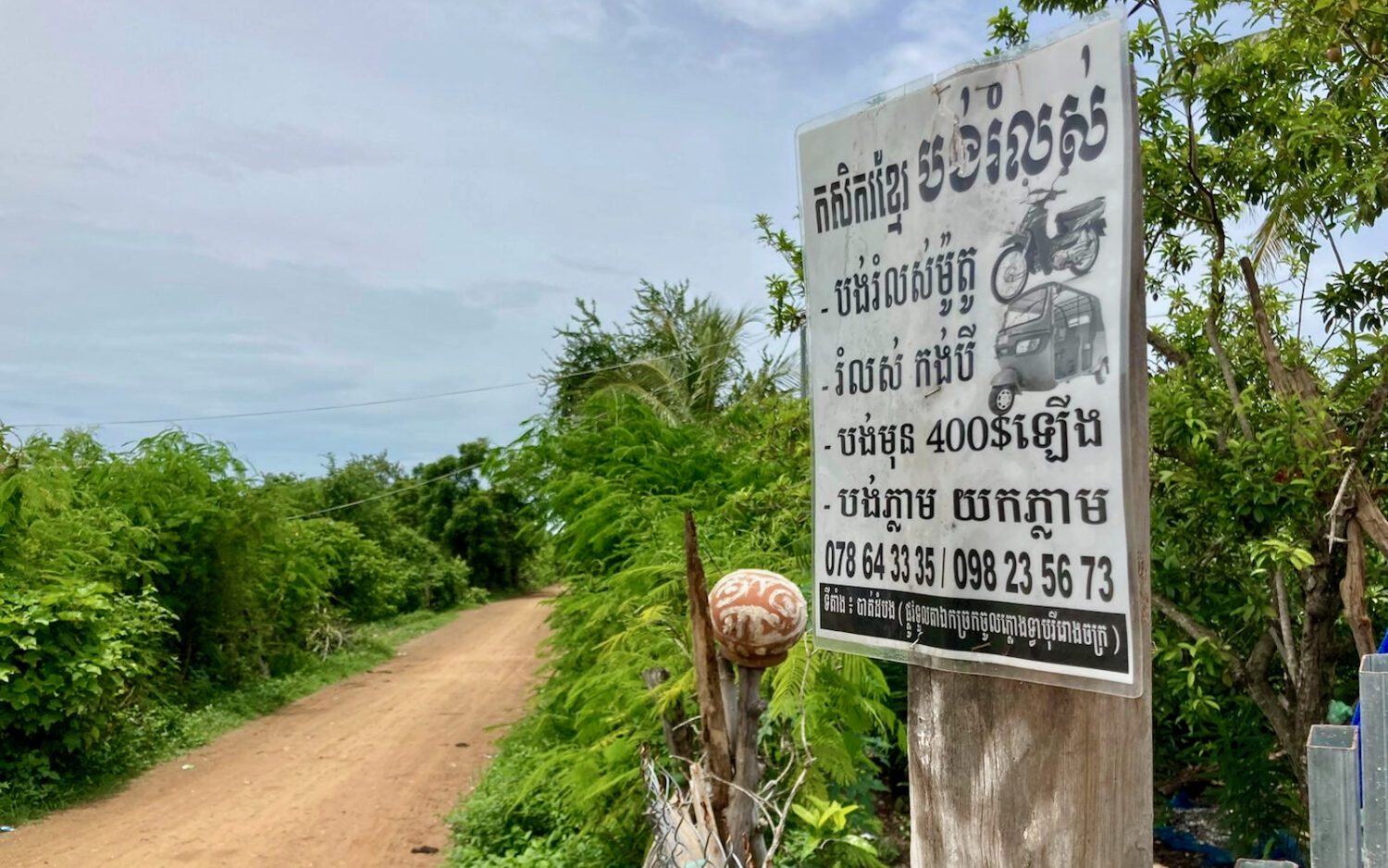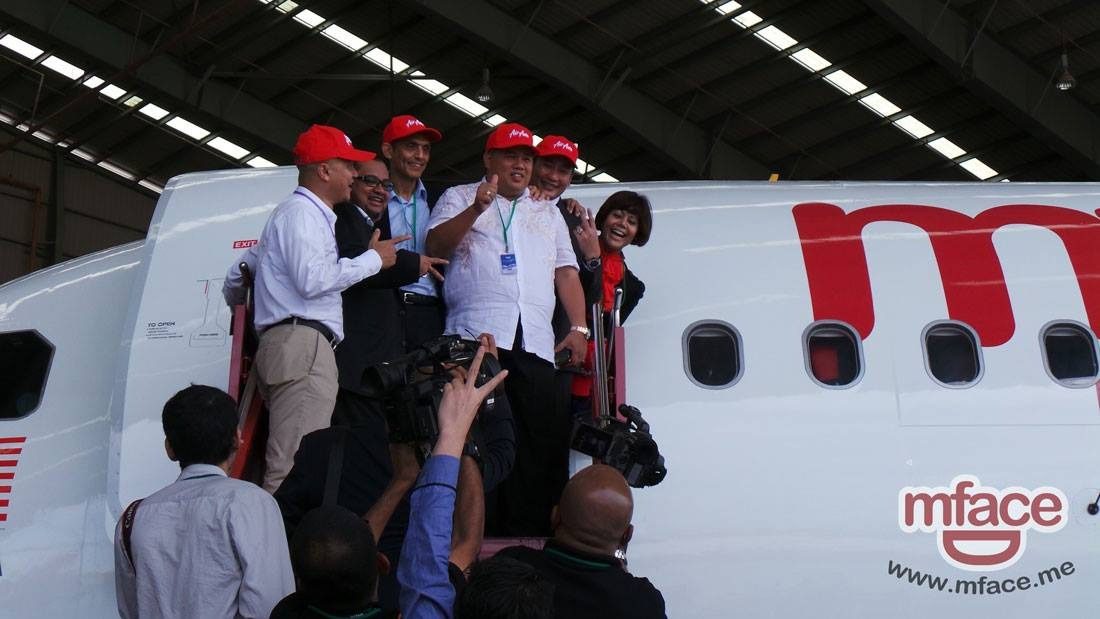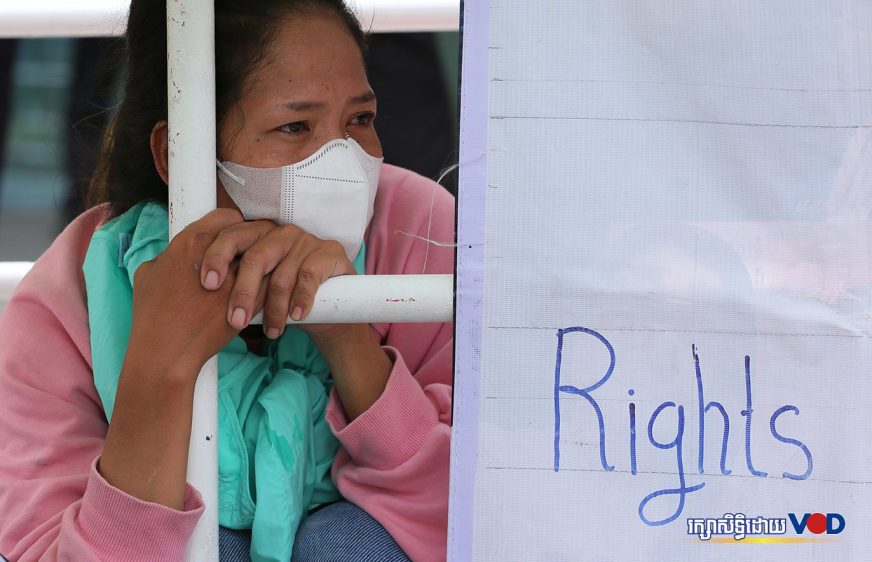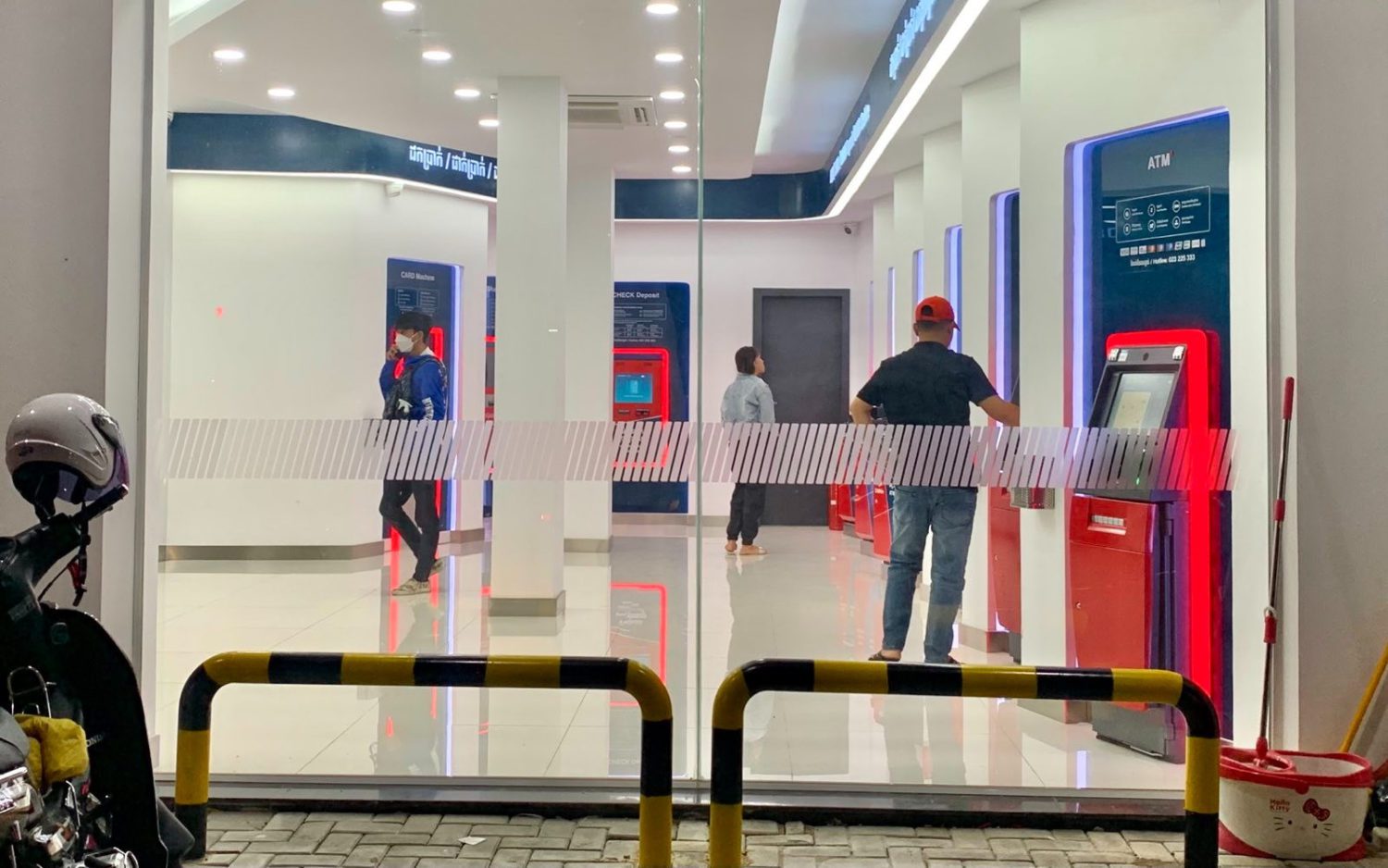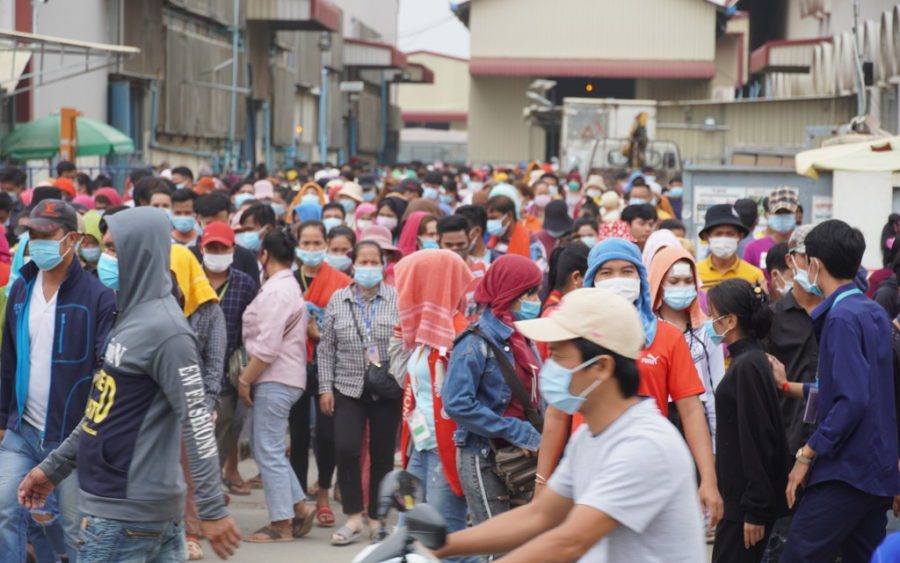Possible E.U. trade sanctions, rising indebtedness and slowing foreign investment — which “peaked” last year — pose substantial risks to the Cambodian economy despite continuing strong growth, the World Bank said in its latest country update.
In its “Cambodia Economic Update,” released on Wednesday, the World Bank said GDP growth was expected to ease from 7.5 percent last year to 7 percent this year and 6.8 percent next year. Despite the relative slowdown, this would keep Cambodia as the fastest-growing economy in East Asia and the Pacific.
The report also noted huge growth in imports of petroleum, steel and construction materials, up by 91, 64 and 87 percent, respectively, for the first half of the year compared to the same period a year earlier. Consumption of electronics also increased 88 percent, the report said.
However, even as the construction sector continues to boom — with residential and commercial developments approved in the first half of the year valued at $3.4 billion, a “whopping” 57 percent increase year-on-year — actual foreign direct investment inflows fell from $2.4 billion to $1 billion during that time frame, it said.
“FDI inflows which have been largely originated from China and partly behind [the] construction and real estate boom, peaked in 2018 and are expected to moderate,” the report said. “[I]f the share of the construction and real estate sector in the economy declines, there will be implications for sustained economic activity and for employment.”
The report recommended stricter lending regulations and “cooling measures” on debt to mitigate risks, particularly in case of a sharp slowdown in the Chinese economy due to U.S.-China trade tensions.
“[A] prolonged construction and property boom and the increase of credit provided to the construction and real estate sectors alongside rising indebtedness — where combined bank and microfinance credit now accounts for over 100 percent of GDP — also present a downside risk for Cambodia,” it said.
The report also noted the possible suspension of duty-free trade with the E.U., which, it said, was no longer Cambodia’s largest export market. The U.S. accounted for 31 percent of exports in June, overtaking the E.U. at a 30 percent share that month, it said.
Exports of travel goods to the U.S. — made duty-free in June 2016 — have “skyrocketed,” even as exports to the E.U. flattened, it said.
The E.U. began a process to review its “Everything But Arms” (EBA) deal with Cambodia in February due to political and human rights concerns, and submitted its preliminary report to the government earlier this month. A final decision is due in February.
Chea Sopheak, deputy director of the Finance Ministry’s macroeconomic and fiscal policy department, said at the report’s release that Cambodia needed to be able to stand on its own even without the EBA.
“The EBA [is] just like a life jacket. Sometimes, without taking off the life jacket, we don’t know if we can swim. Or we keep it, and perhaps we can’t swim for the rest of our lives,” Sopheak said. “Sooner or later it’s gone. Then it’s better it’s gone now. Let’s check whether we can swim or not. Perhaps we’ll swallow some water at the beginning, but later on, I think, we can be on our own.”
The World Bank report noted that the government was readying a significant fiscal stimulus for the economy next year to counteract losing the EBA, citing a Finance Ministry presentation on July 15. It did not disclose details of the planned stimulus.
Michelle Zhao, general manager of Phnom Penh Special Economic Zone, said at the launch event that garment factories in her zone were planning to ship more goods to the U.S. in anticipation of an EBA loss.
“I’ve talked with them, asking them about an EBA withdrawal. What they’ve told me is that first, they will ship more exports to the USA. Second, they will upgrade their own industry strength. That means they will be upgrading themselves by making fabric by themselves. So they will have more value added, and they can offset the tax.”
According to another World Bank report from earlier this year, E.U. tariffs are estimated to be 12 percent for garments and 16 percent for footwear.
(Translated and edited from the original article on VOD Khmer)


